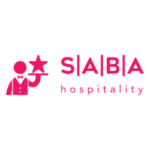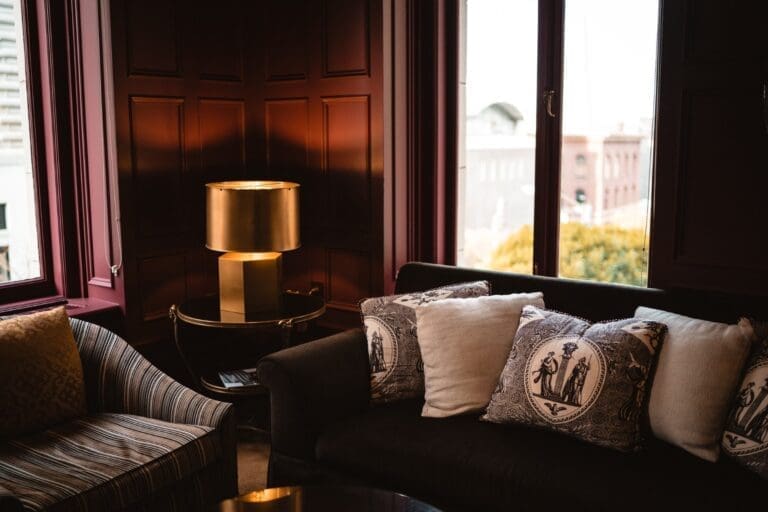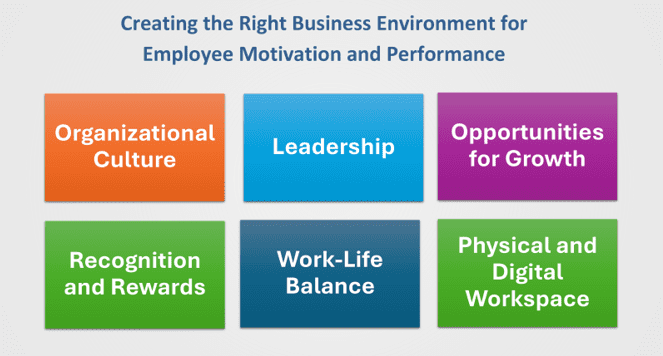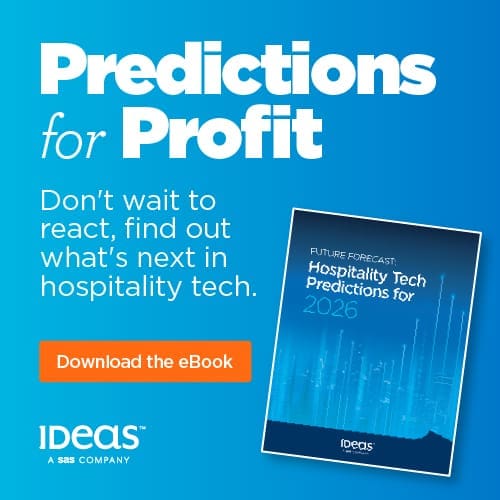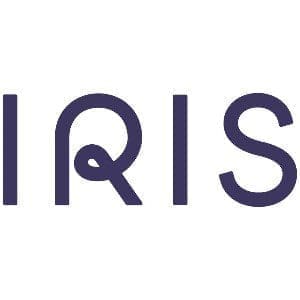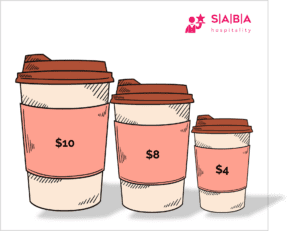
Creating memorable guest experiences while maximizing revenue is a delicate balancing act. One effective strategy that has stood the test of time is the “Rule of Three.” This principle, rooted in psychology and marketing, suggests that people almost never choose the cheapest option when options are presented in groups of three. In the hospitality industry, leveraging this rule can enhance upselling opportunities, driving both guest satisfaction and revenue.
Understanding the Rule of Three
The Rule of Three posits that when information is presented in threes, it becomes more appealing and easier to remember. This concept can be applied in various contexts, from storytelling to marketing strategies. In hospitality, it can manifest in menu design, service offerings, and promotional packages. By presenting options in groups of three, hotels and restaurants can create a compelling narrative that encourages guests to make additional purchases while subtly guiding them away from the lowest-priced option.
Upselling Opportunities through the Rule of Three
1. Menu Design
One of the most effective applications of the Rule of Three is in menu design. Restaurants and Bars can curate their menus by highlighting three signature dishes or drinks that pair well together. For instance, a server might recommend a starter, main course, and dessert trio that complements each other. Interestingly, when presented with three options, guests are less likely to choose the cheapest dish, often opting for the mid-range or premium selections instead. This not only simplifies the decision-making process for guests but also increases the likelihood of them ordering multiple items.
2. Room Packages
Hotels can also utilize the Rule of Three in their promotional offerings. Creating package deals that include three components—such as accommodation, dining, and a spa treatment—can entice guests to opt for the upsell. For example, a “Relaxation Package” could feature a one-night stay, a three-course dinner, and a 60-minute massage. By framing these options as a cohesive experience, guests are more likely to perceive added value and indulge in the upsell, typically favoring the mid-tier or higher-priced packages over the cheapest option.
3. Mobile Ordering Solutions
The rise of mobile ordering solutions has revolutionized the way guests interact with hotel services, providing a seamless platform for upselling. By integrating the Rule of Three into mobile ordering systems, hotels can present three enticing food and beverage options that encourage guests to explore beyond their initial choices. For instance, when guests order room service through their mobile, they can be presented with a trio of popular dishes, a special pairing suggestion, or a seasonal offering. This approach not only enhances the guest experience but also drives additional revenue, as guests are more likely to select the mid-range or premium options when they see them alongside a lower-priced alternative.
Moreover, mobile ordering can automate upselling features, such as suggesting complementary items based on the guest’s initial selection. For example, if a guest orders a steak or fish dish, the system can prompt them with three recommended sides or beverages that pair well with their meal. This intelligent upselling not only increases the average check size but also provides guests with a more personalized dining experience.
4. Concierge Recommendations
Concierge services are a goldmine for upselling opportunities. When guests inquire about local attractions or activities, concierges can present three top recommendations tailored to their interests. For example, if a guest expresses interest in outdoor activities, the concierge might suggest three options: a guided hiking tour, a scenic boat ride, and a local wildlife experience. Research indicates that guests are more inclined to choose one of the more premium options when they see them presented alongside a cheaper alternative, leading to increased bookings and revenue for the hotel.
5. Event Planning
For hotels hosting events, the Rule of Three can be applied to create enticing packages for corporate clients. Offering three distinct catering options—such as a buffet, plated service, and cocktail reception—can help clients visualize the possibilities and make decisions more easily. Additionally, providing three levels of service (basic, premium, and deluxe) allows clients to choose based on their budget and needs, often leading them to opt for higher-priced packages rather than the most economical choice.
6. Cross-Promotion of Amenities
In addition to upselling through direct offerings, hotels can utilize the Rule of Three to cross-promote their amenities. For instance, during check-in, staff can mention three nearby attractions, three dining options within the hotel, or three exclusive services available to guests. This approach not only informs guests of available options but also encourages them to explore and engage with the property, ultimately leading to increased spending. Guests are likely to gravitate toward the mid-range or premium options when presented with a trio of choices.
Conclusion
The Rule of Three is a powerful tool in the hospitality industry, providing a framework for enhancing upselling opportunities while creating memorable guest experiences. By strategically presenting options in groups of three, whether through menu design, package offerings, mobile ordering solutions, concierge recommendations, event planning, or cross-promotion—hotels and restaurants can effectively capture guest interest and drive revenue.
As the hospitality landscape continues to evolve, embracing this timeless principle will ensure that businesses remain competitive, and guests leave with lasting memories—and perhaps a few extra purchases. By guiding guests away from the cheapest option, the Rule of Three not only enhances the overall experience but also significantly boosts the bottom line, especially when integrated with modern mobile ordering systems that facilitate seamless upselling.


